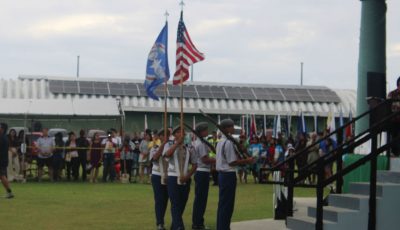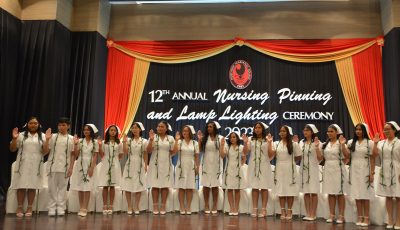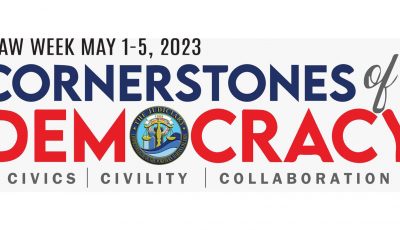‘Time to bring WWII Japanese soldiers’ remains home’
Members of Japanese nonprofit group Kuentai was just going to hold a Shinto Buddhist ritual blessing the souls of those who died on Saipan during World War II. But before the ceremony started, a local resident approached them and presented human remains they found at their yard.
Achugao resident Ramon P. Crisostomo was the one who found the remains, believed to be a soldier or civilian who died during the U.S. campaign to liberate Saipan in one of the bloodiest battles 72 years ago.
“I live here in Achugao, just behind Aqua Resort Club. A lot of remains have been recovered in this area. Even my father, he helped in finding remains here in the late 1960s,” said Crisostomo, who decided to give the human remains to Kuentai when he found out there were coming to Saipan.
“We continue to find remains here. That’s why I waited for them when I learned that they are coming over to hold a ceremony. I want the soul of that person to have peace, his remains put in a proper place, and his or her family pay their respects,” he added.
“Even in the past, Japanese groups come to Saipan and look for remains of their soldiers who died in World War II. Now, they are looking for the remains of both Japanese and U.S. soldiers or civilians who died here,” Crisostomo said.
Being a former serviceman in the U.S. military, he knows how families feel if their loved ones’ remains are not given the proper burial. “Kuentai’s advocacy is for both sides. They wanted to find the remains of persons who died in World War II and are still missing.”
“It is time to bring them back to their homeland and given a proper burial. Collect their remains, cremate them, and bring them to their relatives. They also go to Europe, Korea, and other parts of Asia and the Pacific,” said Crisostomo.
Lt. Gov. Victor B. Hocog said World War II is a dark part of history where the U.S. and Japan fought for their respective causes. “It is a part of history that cannot be forgotten. Both sides fought for each of their causes but we worked for peace.”
“I applaud Kuentai for their work in searching for these remains that’s why I’m asking the support of all agencies to help them in their recovery efforts,” said Hocog. The Department of Public Lands and the Historic Preservation Office are two of the agencies that would assist Kuentai.
Japanese Consul Toshio Matsumura said the horrors of World War II must not be forgotten. “We honor the war dead, all of those who died in the war. Most of all, we must value the preciousness of peace for the next generation.”
Saipan Mayor David M. Apatang said healing the wounds of war takes time. It is a process that takes time, patience, understanding, and a lot of support. Without a doubt, today’s ceremony is inclusive of the process of healing.”
“It is sometimes difficult to recollect the events of the past but it is necessary for the proves to bring everyone to accept some closure. I wish the process was easier and simpler but you and I know it is not.”
Apatang added that the ceremony is also symbolic of the lasting bond of peace. “Today’s ceremony continues the effort of picking up the pieces and rebuilding a bond that only promotes peace and goodwill.”
Overall, more than 55,000 died during the Battle of Saipan with 28,000 Japanese and close to 500 U.S. remains yet to be recovered.



























